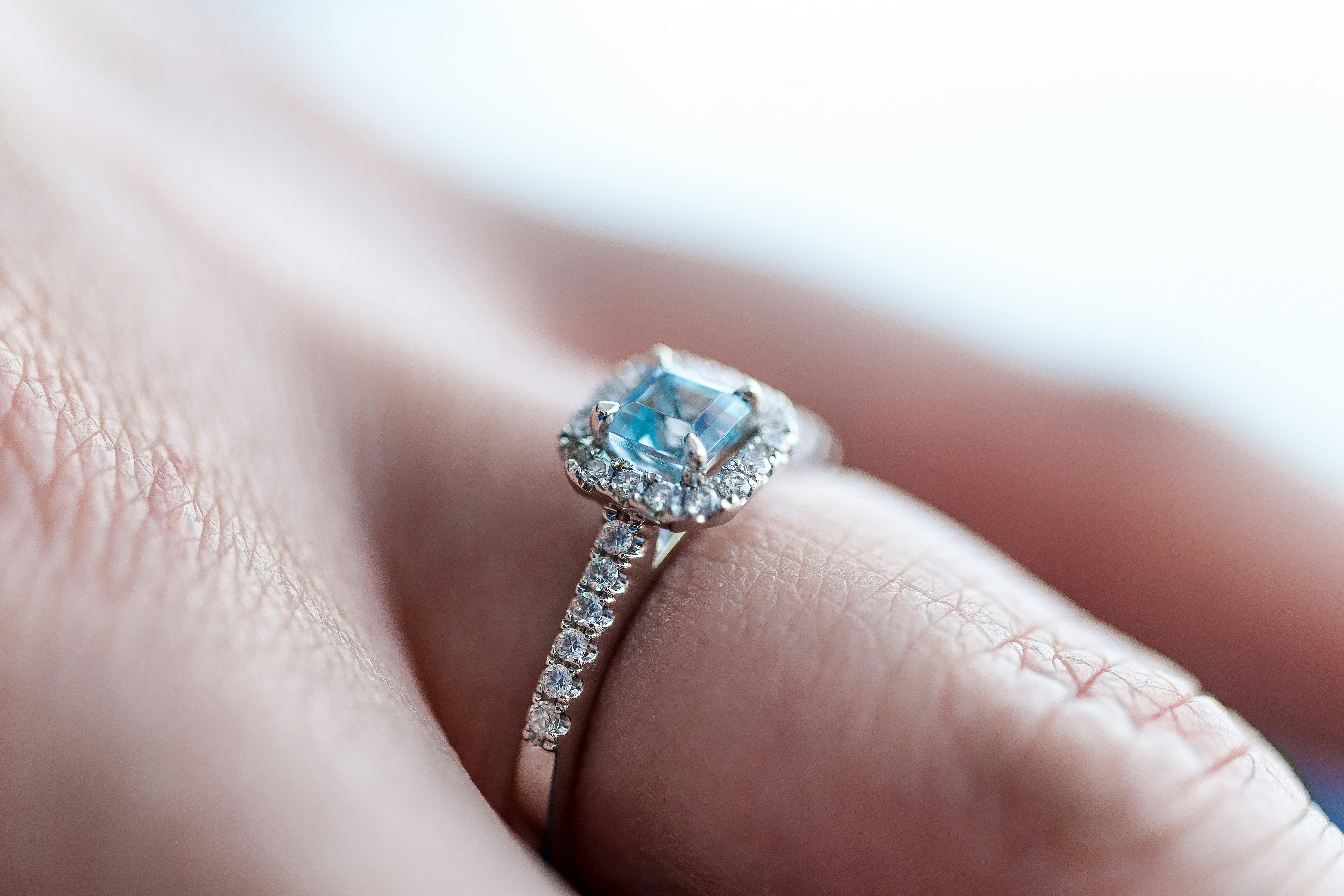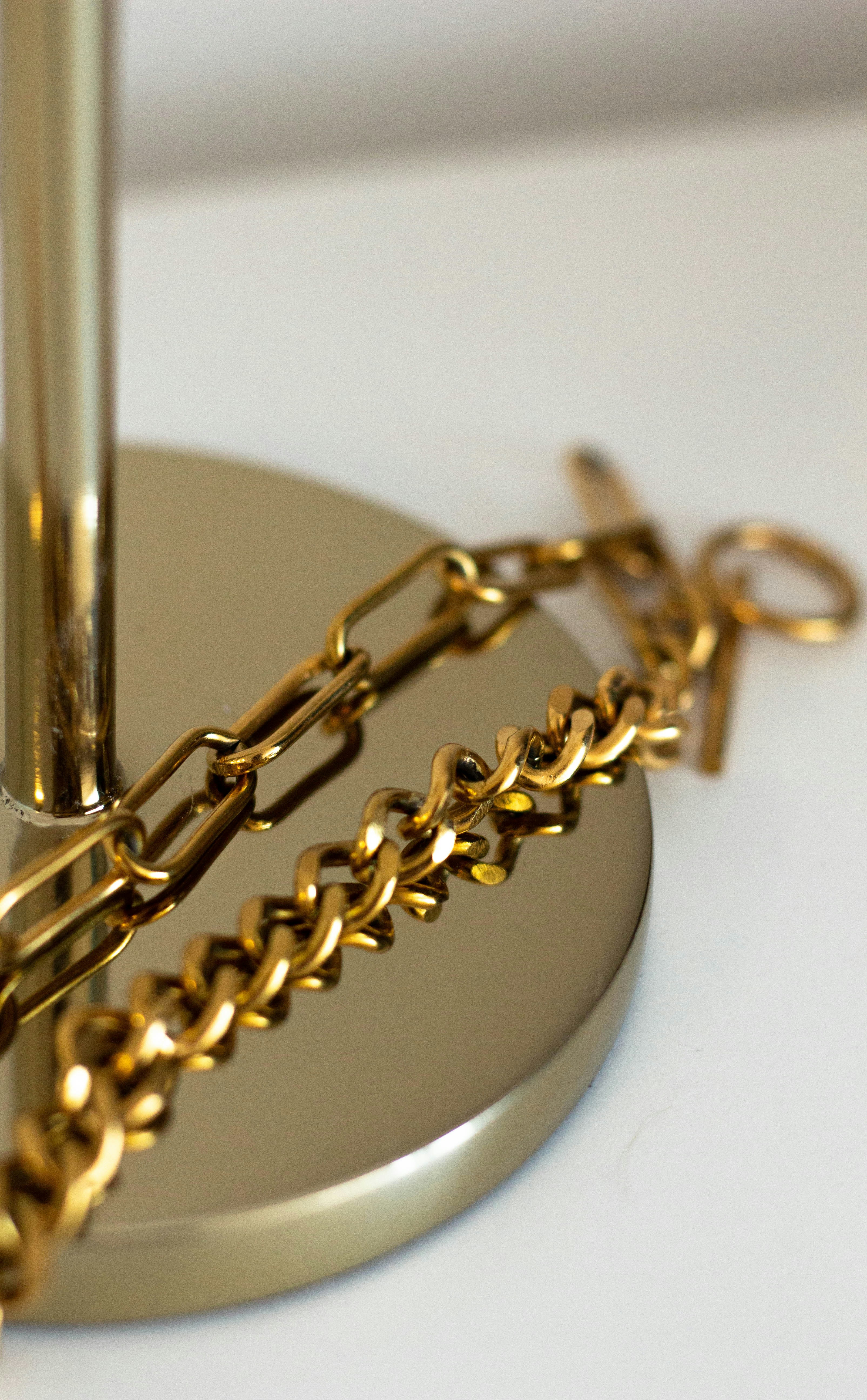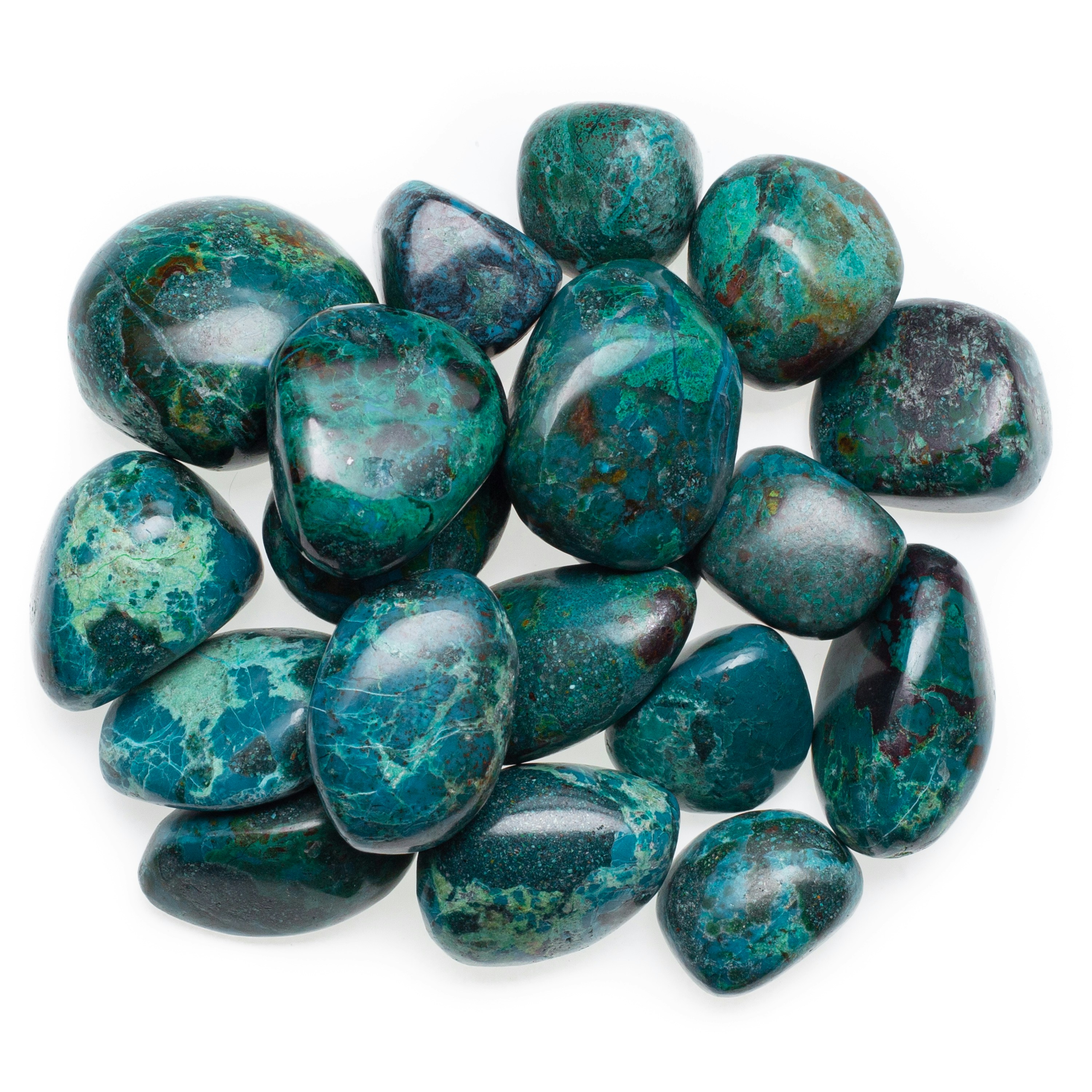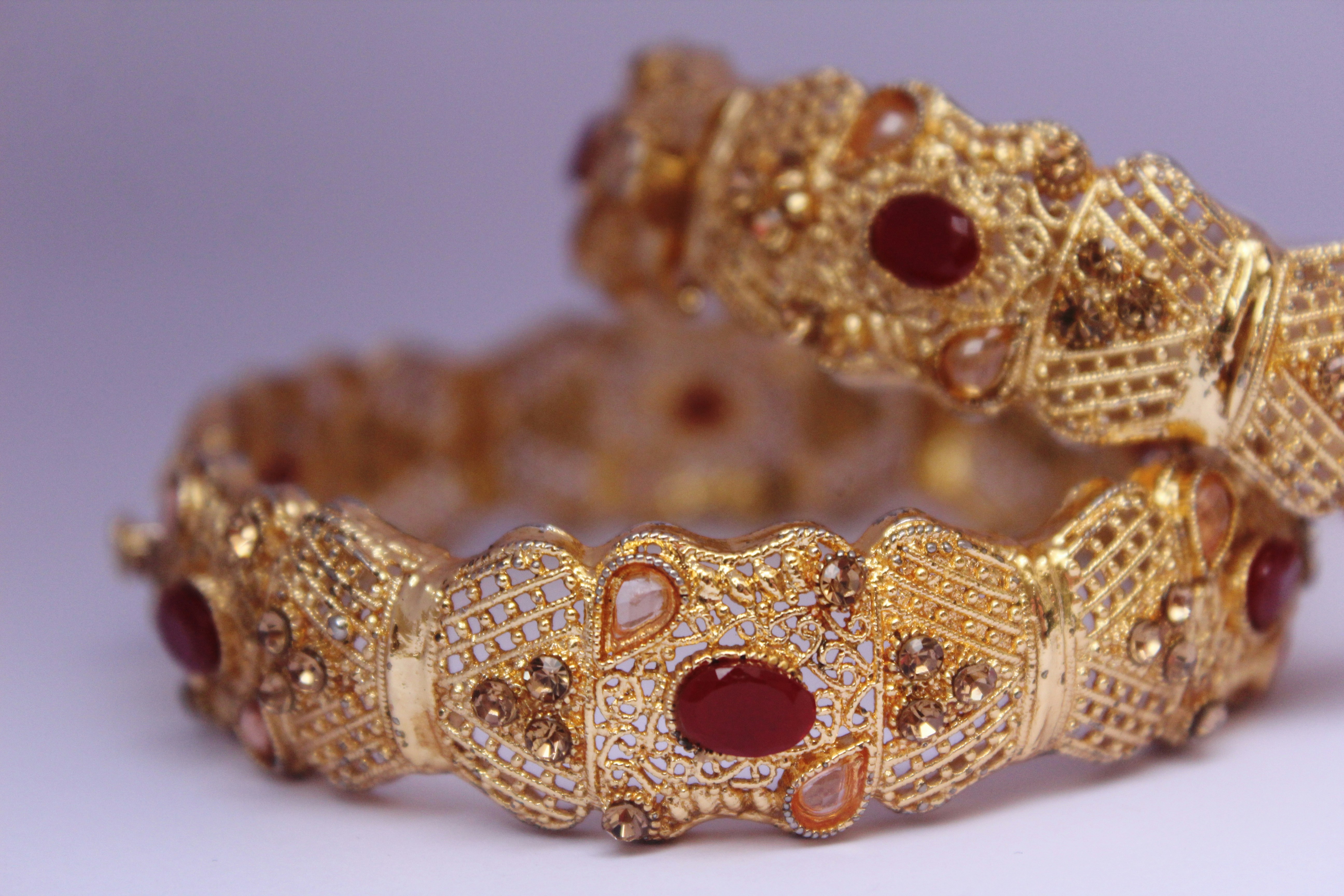Vintage Tiffany Co Jewelry Buying Guide
Alexander Kellerson

Introduction to Vintage Tiffany & Co. Jewelry
Vintage Tiffany & Co. jewelry holds a special place in the world of luxury accessories. Known for its exquisite craftsmanship and timeless designs, Tiffany & Co. has been a beacon of elegance since its inception in 1837. For collectors and enthusiasts, owning a piece of vintage Tiffany & Co. jewelry is not just a purchase, but an investment in history and art.
This guide will provide you with essential insights into the world of vintage Tiffany & Co. jewelry. Whether you are a seasoned collector or a first-time buyer, understanding the unique qualities and values of these pieces will help you make informed decisions. From identifying authentic pieces to caring for your jewelry, we cover it all.
History and Legacy of Tiffany & Co.
Tiffany & Co. was founded in 1837 by Charles Lewis Tiffany and John B. Young in New York City. The brand quickly became synonymous with luxury and innovation, introducing the iconic Tiffany Blue Box and the Tiffany Setting engagement ring. Over the decades, Tiffany & Co. has collaborated with renowned designers like Elsa Peretti and Paloma Picasso, further cementing its status as a leader in the jewelry industry.
Understanding the rich history and legacy of Tiffany & Co. adds depth to the allure of its vintage pieces. Each piece of jewelry tells a story of craftsmanship, design excellence, and timeless elegance that continues to captivate collectors worldwide.
Why Buy Vintage Tiffany & Co. Jewelry?
Buying vintage Tiffany & Co. jewelry is an excellent investment for several reasons. First, vintage pieces often feature unique designs that are no longer in production, making them rare and highly desirable. Additionally, the value of vintage Tiffany & Co. jewelry tends to appreciate over time, providing a good return on investment.
Moreover, vintage Tiffany & Co. jewelry is renowned for its superior craftsmanship and use of high-quality materials. These pieces have stood the test of time, maintaining their beauty and structural integrity, which speaks volumes about their enduring appeal.
Identifying Authentic Tiffany & Co. Jewelry
When buying vintage Tiffany & Co. jewelry, it is crucial to ensure authenticity. Authentic Tiffany & Co. pieces are known for their meticulous craftsmanship, precision, and distinctive hallmarks. Look for the Tiffany & Co. stamp, which is usually accompanied by the metal purity mark and sometimes a designer's signature.
Examine the quality of the materials and the construction of the piece. Authentic Tiffany & Co. jewelry will have a solid, well-crafted feel and show attention to detail in every aspect, from the setting of the stones to the finishing touches. Consulting with a reputable dealer or getting a professional appraisal can also help verify authenticity.
Popular Vintage Tiffany & Co. Collections
Several collections have defined the legacy of Tiffany & Co. and remain popular among vintage jewelry collectors. The Tiffany Setting, introduced in 1886, revolutionized the engagement ring with its innovative six-prong design that lifts the diamond above the band to maximize its brilliance.
Other notable collections include the Elsa Peretti line, known for its organic, sculptural forms, and the Paloma Picasso collection, which features bold, artistic designs. These collections showcase the diversity and creativity of Tiffany & Co.'s design heritage.
Materials and Craftsmanship
Tiffany & Co. is renowned for its use of high-quality materials and exceptional craftsmanship. Vintage pieces often feature precious metals like platinum, gold, and sterling silver, as well as exquisite gemstones, including diamonds, sapphires, and rubies.
The craftsmanship of Tiffany & Co. jewelry is evident in the meticulous attention to detail, from the precision of the gemstone cuts to the seamless integration of design elements. Each piece is a testament to the brand's commitment to excellence and innovation in jewelry making.
Tips for Buying Vintage Tiffany & Co. Jewelry
When purchasing vintage Tiffany & Co. jewelry, consider factors such as condition, provenance, and authenticity. Ensure the piece is in good condition, with minimal signs of wear and tear. Provenance, or the history of ownership, can add value and provide assurance of authenticity.
Buying from reputable dealers or auction houses can help you avoid counterfeit items. It's also beneficial to educate yourself about the specific characteristics of the collection or era you are interested in, as this knowledge can guide your purchase decisions and help you spot genuine pieces.
Where to Buy Vintage Tiffany & Co. Jewelry
There are several avenues to explore when looking to buy vintage Tiffany & Co. jewelry. Reputable online marketplaces such as 1stdibs and eBay offer a wide selection of vintage pieces, but it's essential to verify the seller's credibility and check for authentication guarantees.
Auction houses like Sotheby's and Christie's regularly feature vintage Tiffany & Co. jewelry in their sales, providing access to rare and valuable pieces. Additionally, vintage and antique jewelry stores, both online and brick-and-mortar, can be excellent sources for finding authentic Tiffany & Co. jewelry.
Caring for Your Vintage Tiffany & Co. Jewelry
Proper care and maintenance are crucial to preserving the beauty and value of your vintage Tiffany & Co. jewelry. Regularly clean your jewelry using a mild soap solution and a soft brush, taking care to avoid harsh chemicals that could damage the materials.
Store your jewelry in a safe, dry place, ideally in its original Tiffany Blue Box or a lined jewelry box to prevent scratches. Periodic professional cleaning and inspection can help ensure that your pieces remain in excellent condition and continue to shine brilliantly.
Investment Potential of Vintage Tiffany & Co. Jewelry
Vintage Tiffany & Co. jewelry is not only a beautiful addition to any collection but also a sound investment. The brand's longstanding reputation for quality and design excellence means that its pieces tend to hold their value and often appreciate over time.
Collectors and investors alike appreciate the rarity and uniqueness of vintage Tiffany & Co. pieces, making them a desirable asset. With the right care and market awareness, investing in vintage Tiffany & Co. jewelry can yield significant financial returns while offering the joy of owning a piece of history.
Conclusion: The Timeless Appeal of Vintage Tiffany & Co. Jewelry
The timeless appeal of vintage Tiffany & Co. jewelry lies in its exquisite design, superior craftsmanship, and rich history. Each piece tells a story and embodies the elegance and innovation that have defined Tiffany & Co. for nearly two centuries.
Whether you are drawn to the brand's iconic collections, looking for a valuable investment, or simply want to own a beautiful piece of jewelry, vintage Tiffany & Co. jewelry offers something truly special. With this guide, you are well-equipped to navigate the world of vintage Tiffany & Co. and make informed, confident purchases.





